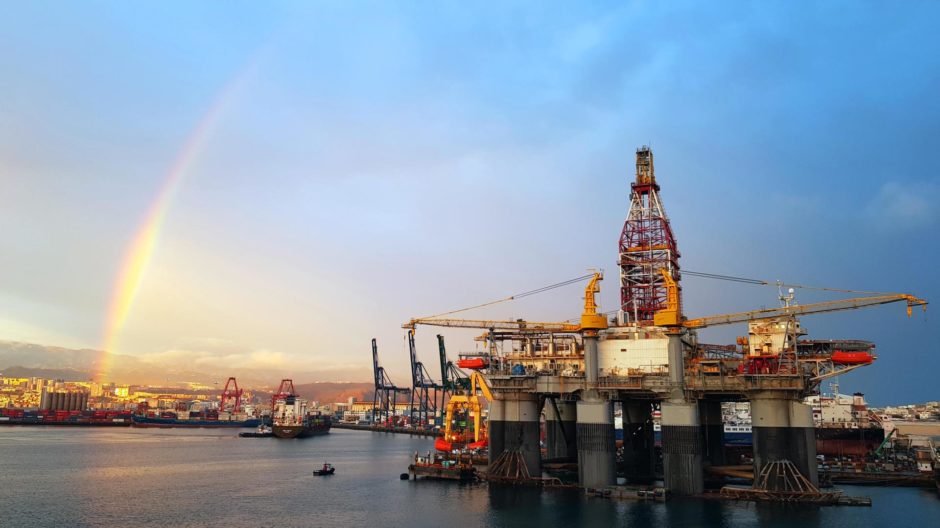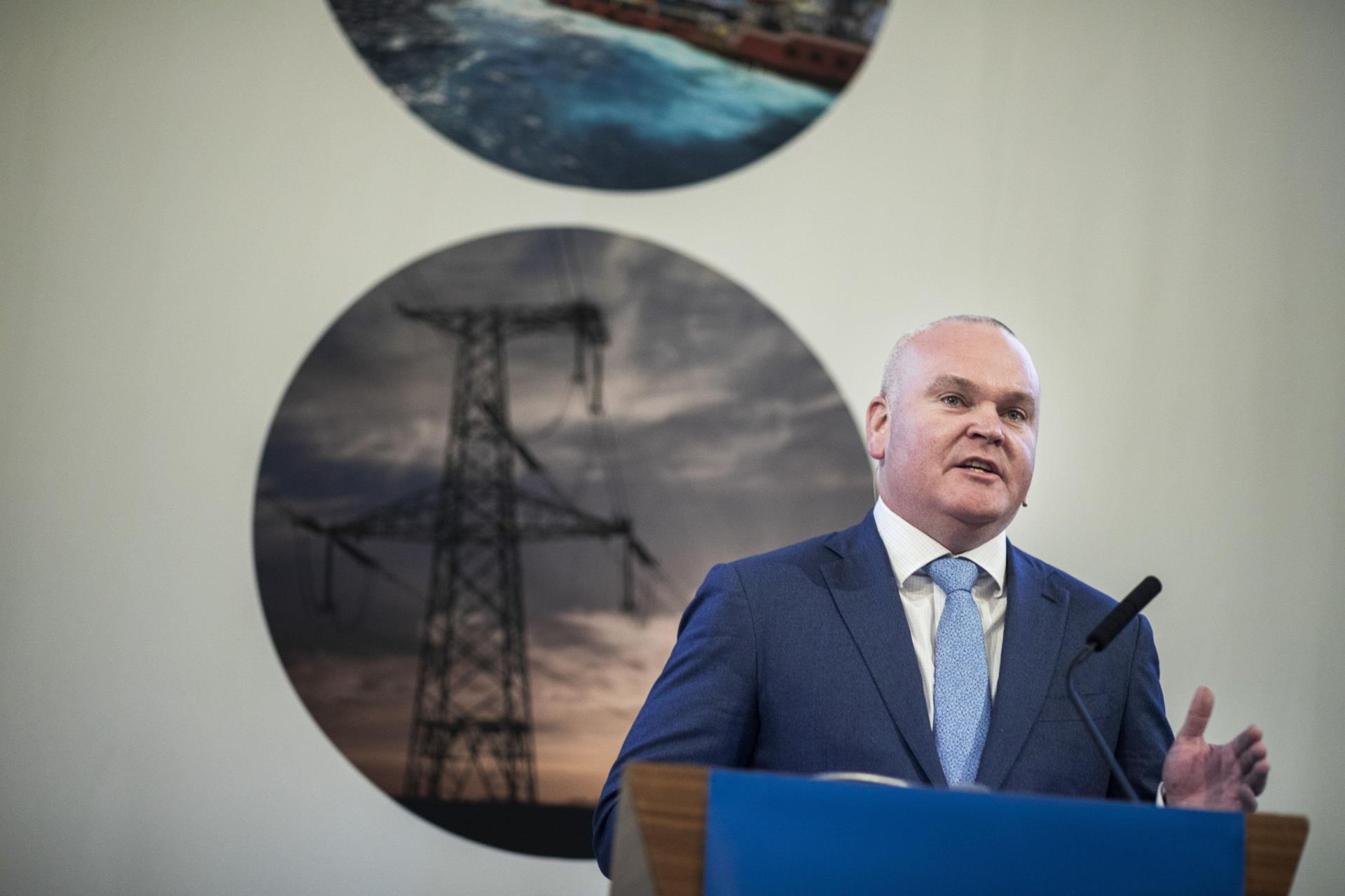
The direction of travel appears clear; around a quarter of the current offshore floater rig fleet – ships and semi-submersibles – will be sent to the scrapyard near-term.
This is a consensus view and is over and above the procession of units already dispatched for the chop in recent years.
Rigs built less than a decade ago are joining the scrap lines in Asia-Pacific and Turkey.
In April last year, Westwood Global Energy’s RigLogix service reported the withdrawal of some 230 rigs between January 2014 and March 2019. Not all went for scrap as 23 were re-purposed for other uses such as accommodation or production units.
However, with 163 new rigs delivered in that period, the net reduction in floater fleet size was a mere 99, suggesting the chronic oversupply that existed for at least the prior decade had not been dealt with.
So what’s different this time?
Key factors include the occurrence of two major, effectively end-to-end downturns, the mounting, global climate crisis that is now starting to gnaw at Big Oil, and the Covid 19 pandemic.
While the Covid crisis will subside, this cannot be said of the other two factors.
Having said that, an upturn in drilling activity is confidently expected next year. Rig rates are forecast to rise, utilisation is tipped to crawl back up and some segments of the market might even overheat as high-spec tonnage has been doing well.
Rystad Energy said: “Utilisation began plummeting in 2016 and has hovered between 45% and 55% since, with 2020 levels expected to stand at 50%. Utilisation could reach 77% in 2023.”
A month ago, Transocean chief executive Jeremy Thigpen said: “The contracting environment has materially improved from when we last spoke three months ago when there was minimal customer interest.
“As a reminder, when we entered 2020, we were starting to see tangible signs of the recovery unfolding. Our high-specification harsh environment assets were fully utilised, day rates exceeded $300,000 and visibility to future work was very encouraging and improving.
“And in the ultra-deepwater markets, utilisation was also starting to trend higher. Indeed, at the end of 2019 and early 2020, we were awarded several ultra-deepwater fixtures with rates around $250,000 a day, which represented a 100% increase from fixtures signed earlier in 2019.
“In fact, our bidding activity level this quarter has doubled from the low point in the second quarter (2020) and has returned to pre-Covid levels.
“During the third quarter, we participated in 18 bids, which is the same amount we participated in during the fourth quarter of 2019, just before Covid hit.
“If all of these projects move forward, we believe that the market for high-specification assets could be sold out as we exit 2021 and enter 2022.”
And yet Transocean is still prepared to scrap rigs despite having disposed of many over the past decade.
Moreover, the view of analysts appears unswerving. All appear to be singing in chorus. It’s scrap, scrap, scrap.
In June, it was reported that offshore drillers were butchering premium equipment to right-size their fleets amid the downturn brought on by the pandemic.
Analysts with Tudor Pickering Holt & Co said: “The supply side is finally getting some much-needed self-help as we’re now seeing offshore drillers elect to scrap/retire a number of higher-quality sixth-gen assets (albeit largely of the cold-stacked variety).”
To be clear, TPH is referring to some of the most advanced rigs in offshore drilling fleets – all built in response to the 2000-2010 deepwater boom. Five super-drillships, all built less than a decade ago, were among those sent for scrap this year.
Rystad said in April that unless offshore drillers and vessel providers make sufficient spending cuts, most will be unable to pay their total outstanding 2020 debt.
Its analysts then estimated that drillers would see up to 10% of their contract volumes cancelled in 2020 and 2021, representing a combined loss of revenue of about $3 billion.
Rystad said: “So far six rig years of contracts have been cancelled, translating to approximately $400 million in contract value. These numbers will only increase as operators continue to slash capex budgets and delay projects, our analysis shows.”
This grim outlook simply made an already tough situation even worse for offshore rig owners.
To remind, Rystad had estimated that more than $22bn in contract value was wiped off the books as a result of contracts being cancelled between 2014 and 2017.
Rysted was back late October with a further tranche of bad news for the market to swallow. Its analysts had by then calculated that, of the current global floater fleet, up to 59 of the 213 rigs are potential candidates for retirement – that’s 22 drillships and 37 semi-subs.
“Demand is expected to fall from 129 rig years in 2019 to 110 rig years in 2020 and 103 in 2021, before slowly inching back up to 117 in 2022 and 122 in 2023,” Rystad said.
“Meanwhile, 25 newbuild floaters are planned for delivery towards 2023. Naturally, weak demand is going to keep utilisation at low levels unless we see a meaningful increase in the price of oil.”
According to Rystad, many of the floaters scrapped since the last downturn – some 154 rigs – share common characteristics. Early in the cycle, the only units to be retired were semisubs, while rig owners now see the need to start retiring drillships.
“Most of the semisubs that were retired at the outset were the oldest, least capable units,” Rystad said. “Increased operator preference for high-specification drillships in benign markets also led to more scrapping in the benign semisub segment of the floater market.
“Those units that were cold stacked relatively early on during the prior downturn will be some of the first rigs to be retired in this downturn. Rig owners have been waiting for a recovery that never really took off, and the number of units that have been cold stacked since 2016 are in the double digits.
“Reactivation costs can range between $20m and $35m for rigs that have been warm stacked for a relatively short period of time to between $40m and $100m for rigs that have been cold stacked for longer periods of time. Given current rates and contract durations, most of these cold-stacked units are unlikely to return to work.”
Weighing in with even more up to date analysis, Westwood has published data on which rigs have gone for the chop or are threatened. This analysis factors in jack-ups, as they too are vulnerable, though arguably less so than their floater cousins.
Westwood reports: “Through the end of October, 38 rigs (jackups, semisubmersibles and drillships) have been retired so far in 2020.
“Of that total, 24 were 30 years or older, but four of the five drillships removed from the fleet this year were 10 years of age or younger, with the fifth only a few months over 10 years.
“The 9.2-year average attrition age for drillships in 2020 is a stark contrast to 36 years for the 17 jackups and 27 years for the 16 semi retirements.”
The five drillships retired so far in 2020 were owned by Valaris and Noble Drilling.
”Looking at their history, there are a few eye-catching numbers, but one stands out,” Westwood said. “Only two of the five ever earned a dayrate under $350,000.
“A rate of $250,000 was paid for one rig during a 150-day shipyard stay, while the other earned $200,000 to $230,000 for two standby periods, plus a few sub-let contracts that were below $200,000.
“During the rigs’ histories, the lifetime contract revenue for each ranged from $600m to a little over $1bn, but none had worked for more than eight years at the time of retirement.”
Crucially, two of the five had passed their due dates for special periodic surveys (SPSs), which are very expensive and have been a kill-point for a significant amount of the drilling tonnage scrapped over the past five years.
The outlook may not be all that great either for other super-drillships parked in ports around the globe, including several in Piraeus, Greece.
Within the current fleet of 100 drillships (excluding 17 units under construction), Westwood reveals there are 14 units which have been inactive for two or more years and have their SPSs overdue or due this year. Moreover, 11 of these units are currently cold stacked and eight of those 11 are less than 10 years old.
Among the 14 drillships singled out, only three have earned revenues two times or more their construction cost, and two never worked at all.
The combination of the Covid-19 pandemic and oil price decline have put rig owners in a precarious situation, Westwood said.
So far, Noble Drilling, Diamond Offshore, Valaris and most recently Pacific Drilling have filed for Chapter 11 bankruptcy protection, and other rig owners are likely to join that list sooner rather than later, with speculation on Wall Street that mighty Transocean could yet join them.
And so back to Thigpen: “As we have demonstrated since the start of the downturn in 2014, once we determine that a rig has few profitable opportunities, we quickly remove her from our active fleet.
“Consistent with past practice and our disciplined philosophy on retirements of less competitive units, upon the completion of her recent drilling campaign, we decided (for example) to recycle the Transocean Arctic.
“We’ve been pretty consistent as rigs roll off contract and we see limited prospects for them, and we don’t see them as overly marketable or profitable going forward.
“We won’t waste any time in removing those assets from our fleet. But I’d tell you, given what we’ve done so far, we’ve pulled the vast majority of those assets out of the fleet, as you well know.
“But certainly, there could be a couple more going forward, but we’ll address those as they come.
“Regarding the rest of the industry, it will be interesting to see how these competitors emerge from restructuring and whether as part of that restructuring, they are forced to retire, recycle some of the older, less capable assets. Our expectation is they will, because they’re just too costly to keep around and not overly viable going forward.
“And so, the real active marketable fleet is shrinking.”
Recommended for you

 © Bloomberg
© Bloomberg